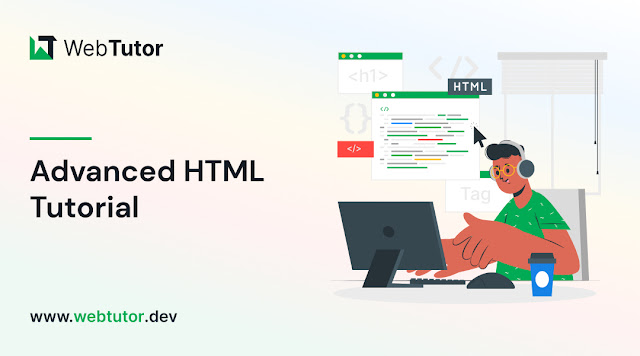Unlocking the Potential of CSS: A Deep Dive into Outlines, Text Effects, Fonts, Icons, and Links
Cascading Style Sheets (CSS) is a fundamental component of
modern web development, empowering designers and developers to create stunning
and engaging user interfaces. In this blog post, we will explore some key CSS features and techniques
that play a crucial role in enhancing the visual appeal and functionality of
web pages. Specifically, we'll delve into CSS Outlines, CSS Text, CSS Fonts,
CSS Icons, and CSS Links, providing practical examples along the way. Let's
dive in!
CSS Outlines:
CSS
Outlines allow you to add visual emphasis to elements by creating an
outline around them. Outlines are distinct from borders, as they do not take up
any space and are typically used to highlight active or focused elements.
Example:
/* CSS */
button:focus {
outline: 2px solid
blue;
}
In this example, when a button is in focus, a 2-pixel solid blue outline will be displayed around it, indicating its active state.
CSS Text:
CSS Text
properties offer granular control over the appearance and layout of
text within HTML elements.
From adjusting font size and color to controlling letter spacing and alignment,
CSS Text provides
a wide range of options for customizing the text on your web pages.
Example:
/* CSS */
h1 {
font-size: 24px;
color: #333;
letter-spacing: 2px;
text-align: center;
}
Here, the h1 element will have a font size of 24 pixels, a color of #333 (a dark gray shade), a letter spacing of 2 pixels, and will be centered within its parent container.
CSS Fonts:
CSS Fonts
allow you to define the typeface, size, style, and other properties of text
elements on your web pages. With
CSS Fonts, you can create visually appealing and consistent typography
across different browsers and devices.
Example:
/* CSS */
body {
font-family: Arial,
sans-serif;
font-size: 16px;
font-weight: bold;
}
In this example, the body element will use the Arial font (or a sans-serif fallback), have a font size of 16 pixels, and be displayed in bold.
CSS Icons:
CSS Icons
offer a lightweight and scalable way to incorporate visual symbols and icons
into your web pages. By leveraging CSS properties like content, font-family, and ::before or
::after pseudo-elements, you can easily include icons without relying on
external image files.
Example:
/* CSS */
.button::before {
content:
"\f138";
font-family:
"Font Awesome";
margin-right: 5px;
}
In this example, we use the Font Awesome icon font to add an icon before the content of an element with the class .button. The Unicode value \f138 represents the specific icon to be displayed.
CSS Links:
CSS Links
allow you to customize the appearance of hyperlinks on your web pages, making
them visually distinctive and engaging. CSS properties like color, text-decoration, and hover pseudo-classes
enable you to control link styles based on different states.
Example:
/* CSS */
a {
color: blue;
text-decoration:
none;
}
a:hover {
color: red;
text-decoration:
underline;
}
In this example, all links (<a> elements) will be displayed in blue without underlines. However, when a user hovers over a link, it will turn red and have an underline, indicating the interactive state.
Conclusion:
CSS Outlines,
CSS Text, CSS Fonts, CSS Icons, and CSS Links are powerful tools that
allow you to enhance the visual presentation and functionality of your web
pages. By understanding and utilizing these CSS features effectively, you can
create engaging and visually appealing user interfaces. Experiment with these
examples, customize them to suit your needs, and explore further possibilities
to elevate your web design skills. Happy coding with WebTutor.dev!
Don’t Miss to Read
Learn
Free Online CSS Tutorial
Learn Free
Online CSS Outline Tutorial
Learn Free
Online CSS Text Tutorial


Comments
Post a Comment